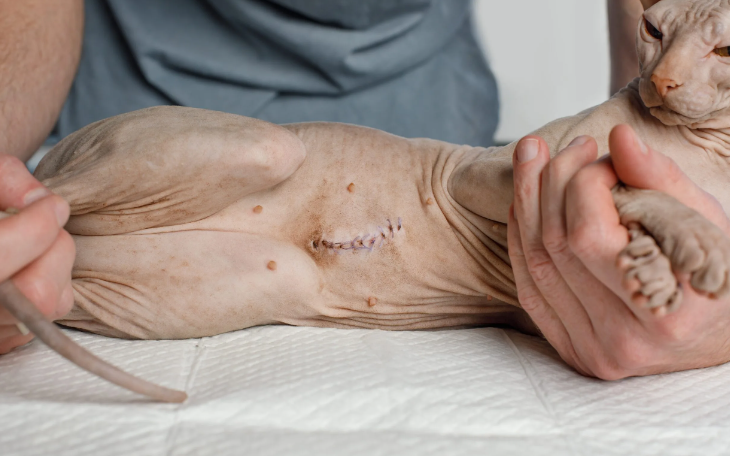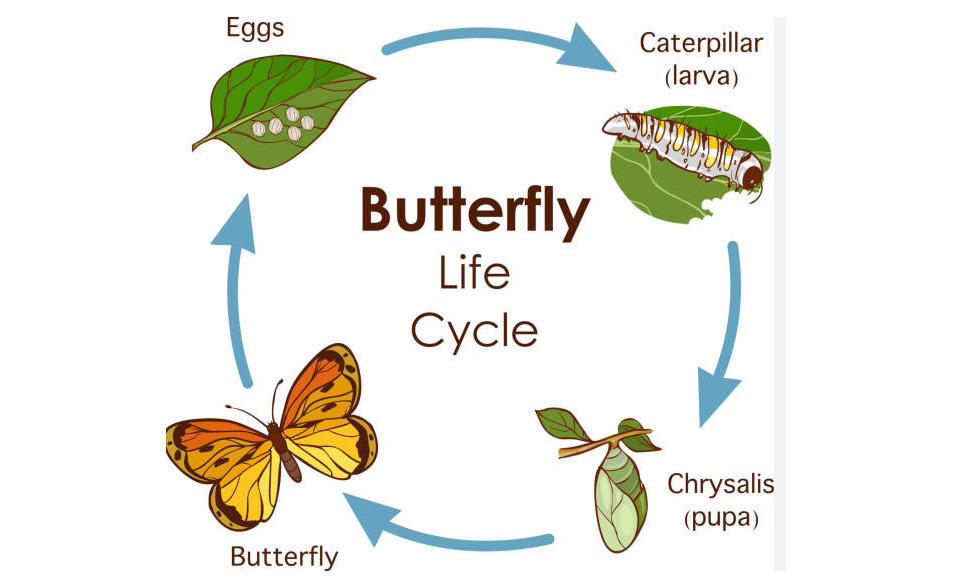Cat Spay: A Responsible Choice for Pet Owners
As a loving cat owner, making responsible choices about your pet’s health and well-being is crucial. Spaying your cat is one of the most beneficial decisions you can make, not only for your feline friend but also for the larger community. In this blog post, we’ll explore what spaying involves, the benefits it provides, and common myths surrounding the procedure.
Understanding the Spaying Process
Spaying is a surgical procedure that involves the removal of a female cat’s ovaries and usually her uterus. This outpatient surgery is typically performed under general anesthesia, ensuring your pet feels no pain during the procedure. It’s generally recommended to spay cats around five to six months of age, prior to their first heat cycle. This timing can help prevent unwanted litters and reduce the risk of certain health issues later in life. Veterinary clinics and animal shelters often provide spaying services, making it accessible and affordable for pet owners.
Health Benefits of Spaying
One of the most significant benefits of spaying is the long-term health advantages it offers your cat. Spayed cats have a decreased risk of developing ovarian and uterine cancers, which can significantly enhance their lifespan. Additionally, spaying can prevent certain behavioral issues associated with mating and heat cycles, such as yowling and inappropriate elimination. By eliminating the urge to mate, spaying can encourage a calmer, more content feline that is easier to care for. Overall, providing this medical care not only contributes to a healthier cat but also adds to the joys of pet ownership.
Addressing Common Myths about Spaying
Despite the many benefits of spaying, several myths can deter pet owners from pursuing this important procedure. A common misconception is that spaying leads to significant weight gain; however, this isn’t true. Weight gain in pets is usually due to overfeeding and lack of exercise rather than hormonal changes post-spaying. Another myth suggests that spaying alters a cat’s personality or makes them lazy, but research shows that spaying typically leads to more stable behavior and doesn’t affect a cat’s playful nature. Education and open conversations with your veterinarian can help dispel these myths and encourage responsible pet ownership.
Conclusion
Spaying your cat is not just a personal decision; it’s an invaluable step toward ensuring the well-being of your pet and contributing to the welfare of animals in your community. By taking this proactive step, you help prevent overpopulation and enhance your cat’s quality of life. If you’re considering spaying your cat, reach out to your local veterinarian for more information and to schedule a consultation. Together, let’s make responsible choices that benefit our beloved fur babies and our communities!




